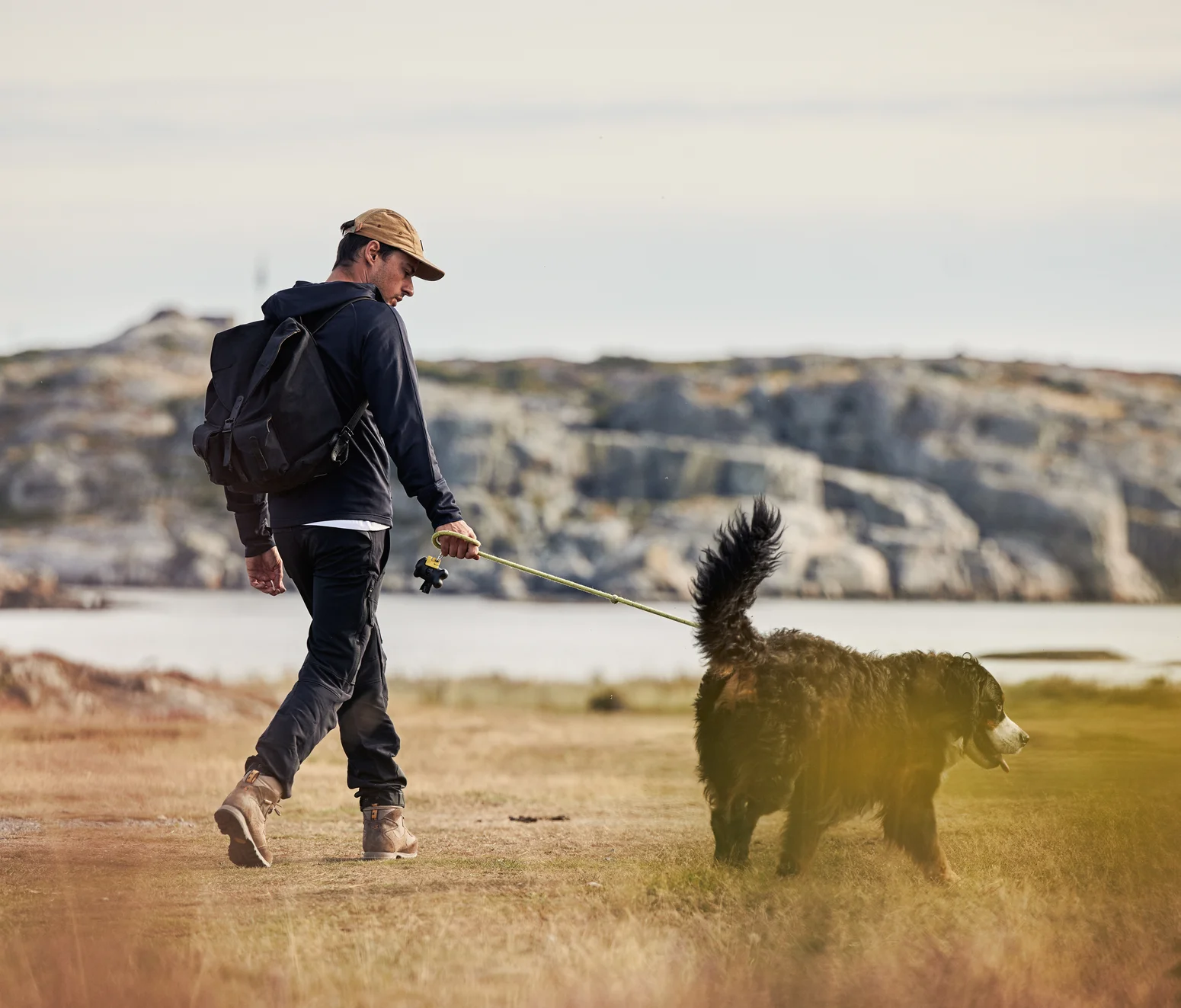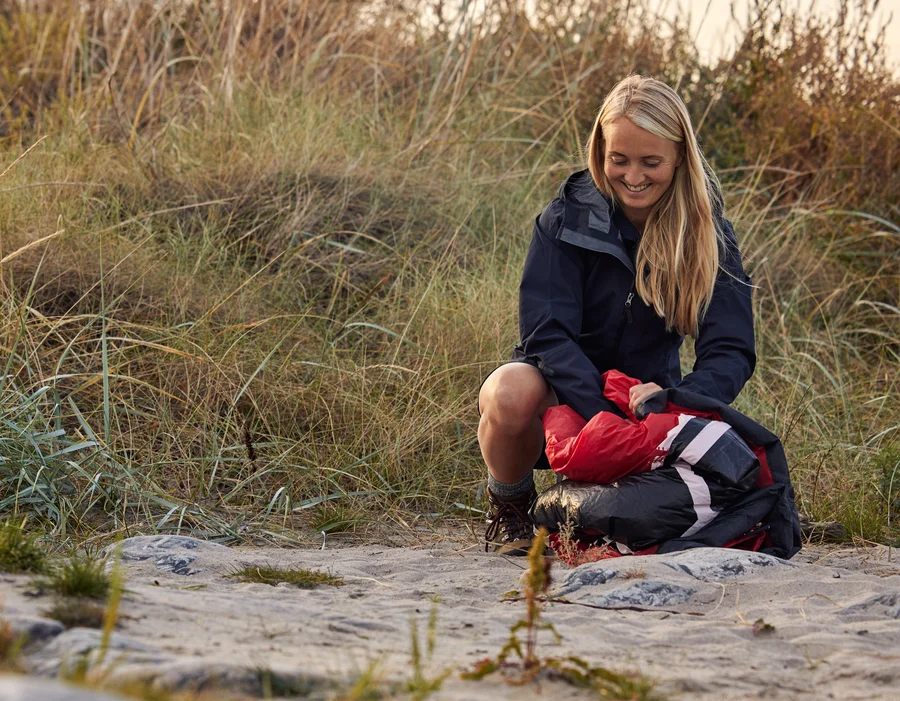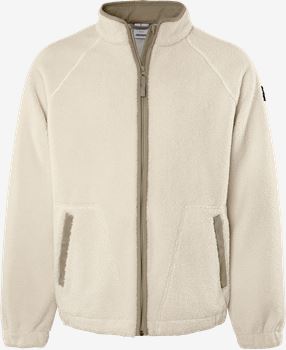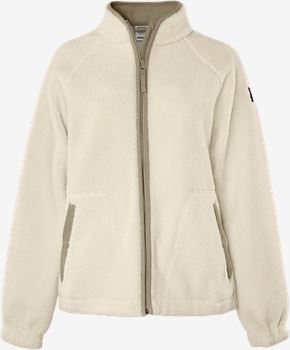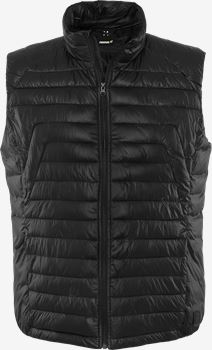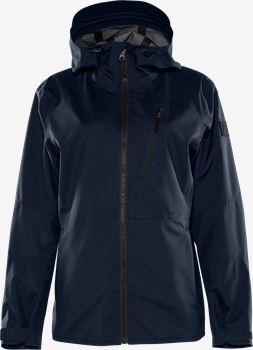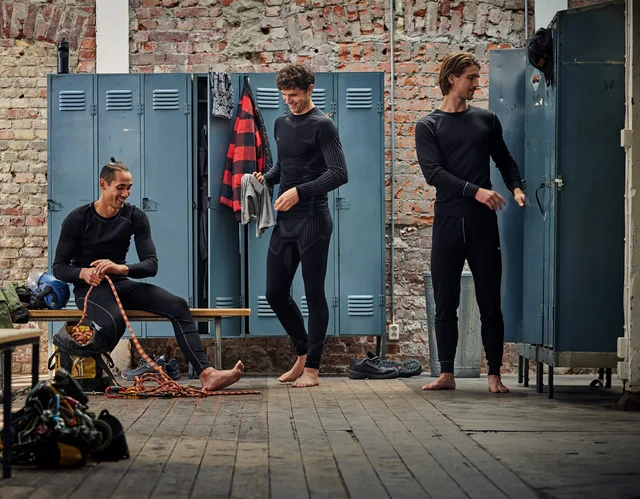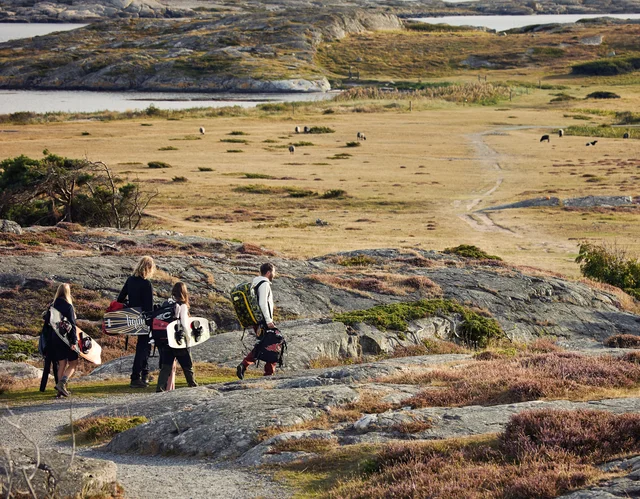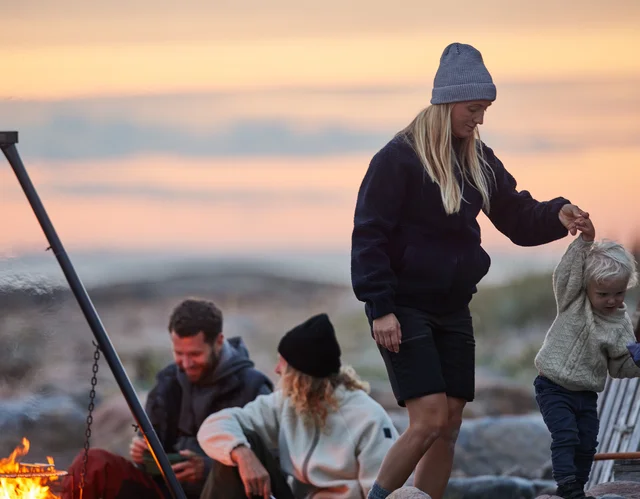Packing wisely is key to a successful outdoor adventure and depending on what your plans are you may need to bring a variety of items. We’ve gathered our best packing tips and made check lists for shorter as well as longer trips.
A general packing tips is to pack soft and lighter items in the bottom of the backpack while placing heavier items as closely to your body as possible. In the event of rain, it’s also good to bring a rain cover for your backpack to protect your stuff from getting wet. Remember to keep rain gear, snacks, water and other items that you may need while hiking easily accessible.
By placing your packing in plastic bags, you’ll find what you need faster while at the same time protecting it against moisture. Storms, hunger and injuries can happen suddenly, so don’t forget to bring a first aid kit with band-aids and gauze. Lastly, remember not to fill the backpack with more stuff than you can handle. A good rule of thumb is to keep the backpack at no more than a third of your own body weight.
If you’re planning to be out for long hours or even several days straight, you also need to bring food. By planning carefully what to eat during the trip and avoiding unnecessary packaging you can reduce the weight of your pack by several kilos. Canned food lasts well outdoors but the cans add weight even when they’re empty and you should always expect to carry your trash. Remove unnecessary boxes, avoid glass jars and check ahead of time whether it’s possible to fill up water bottles along the way. If so, you can eliminate that extra weight, but don’t cut it too close! If you’re planning to stay out several days, it might be a good idea to bring a water filter – that way you don’t need to boil the water to make it potable.
These basic items are a good start if you’re going on a shorter trip without overnighting:
• Clothes according to weather (learn how to dress for your trip here)
• Rain cover for backpack
• Fully charged cell phone
• Knife
• Food
• Water bottle
• Plastic bags for trash or treasures from the forest
• Wet wipes
• Matches/lighter
• First aid kit
• Map and compass (if you’re going off the beaten path or in unknown terrain)
Depending on the weather and your location it might also be a good idea to bring bug spray and/or sunscreen.

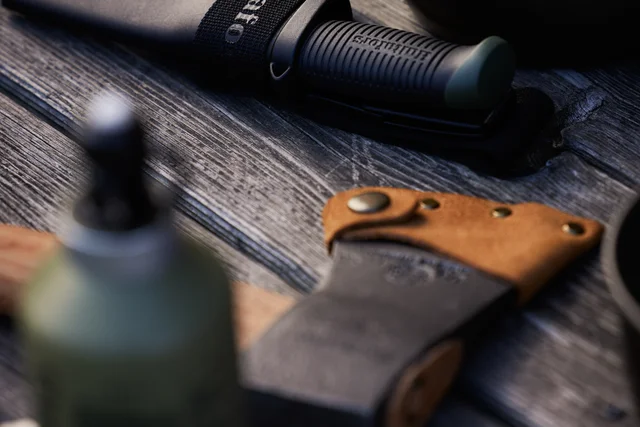
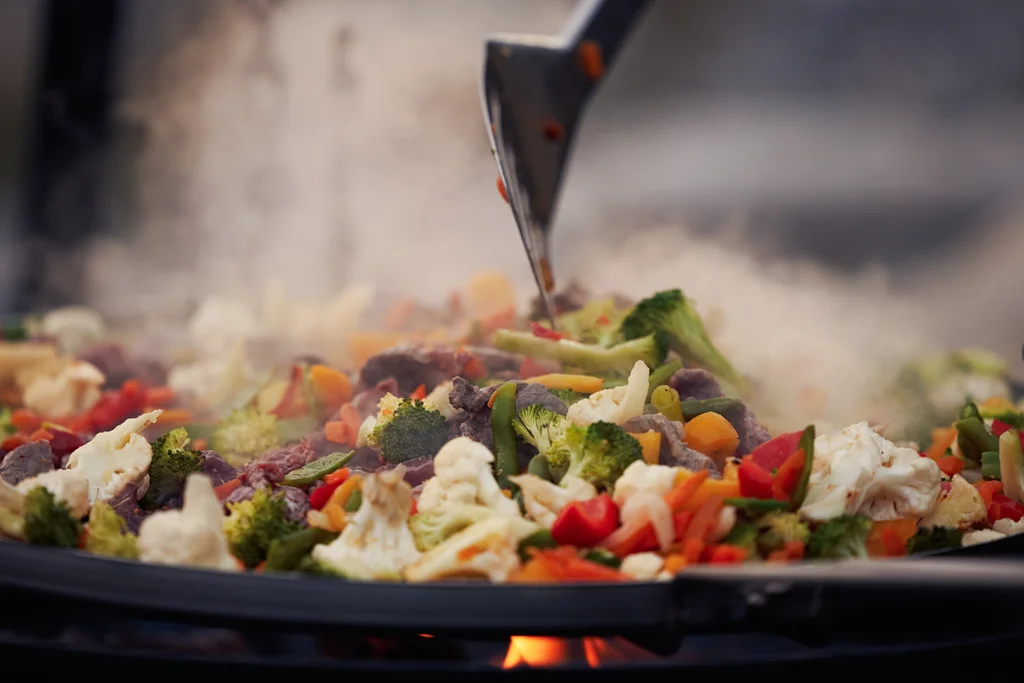

If you’re going to stay out several days, you need this in addition to the basic items:
• Base layer
• Extra underwear
• Power bank for cell phone
• Headlamp
• Tent or hammock with a tarp
• Sleeping bag
• Sleeping pad
• Water filter
• Camp stove
• Fuel for camp stove
• Mess kit
• Three meals per day, plus snacks
• Sponge and biodegradable dish soap
• Toothbrush and toothpaste
• Toilet kit (small trowel, toilet paper and hand sanitizer)
If you’re planning to stay out several days it’s important to try out all the equipment at home in peace and quiet, to make sure you know how everything works and don’t get stressed out in case you’d need to pitch the tent in pouring rain. Also, make a habit of sharing your itinerary with somebody and let them know when you expect to be back.
More content for you:
Weather you prefer whool or function materiales we have base layers that meets your needs.
Durable outdoor garments for big adventures with small impact on the environment.
Get some inspiration and tips along the way before heading out on your next adventure.


